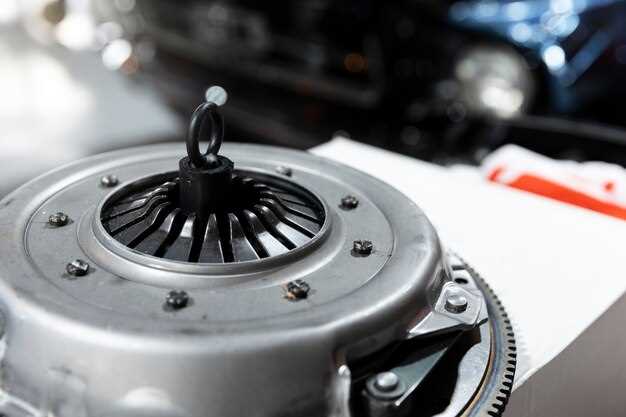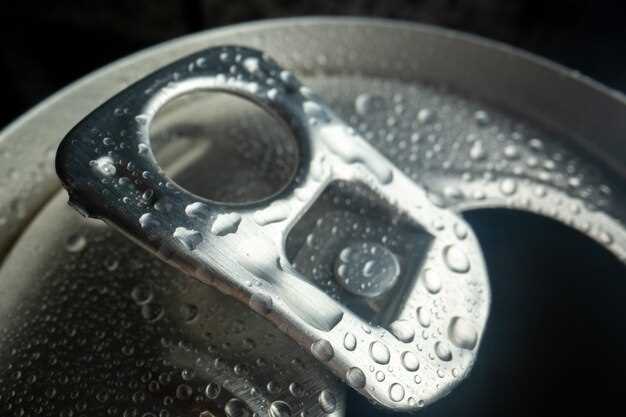
In the highly competitive world of motorsport, the performance of a race car is heavily influenced by its engine temp regulation. Racing engines operate under extreme conditions, generating substantial heat that can compromise performance and reliability. A well-designed cooling system is crucial to maintain optimal operating temperatures, ensuring the engine operates at peak efficiency.
The effectiveness of a race car’s cooling system directly impacts its aerodynamics, power output, and overall handling. When an engine exceeds its optimal temperature range, it risks overheating, which can lead to severe damage and reduced horsepower. Therefore, understanding the various components and technologies employed in modern cooling systems is vital for achieving maximum performance on the track.
This article explores the critical elements of race car cooling systems, including the role of radiators, water pumps, and coolant types. By examining how these components work together to regulate engine temperature, we will highlight the importance of efficient cooling for maintaining a competitive edge in racing events.
Understanding Cooling System Components and Their Functions

The cooling system in a race car plays a crucial role in maintaining optimal engine performance and preventing overheating. It consists of several key components, each serving a specific function to ensure that the engine operates at an ideal temp.
Radiator: The radiator is the primary component responsible for dissipating heat from the engine. It allows coolant, which has absorbed heat, to pass through a series of tubes and fins. As air flows over these fins, it cools the coolant before it returns to the engine, thereby regulating the engine temp.
Water Pump: The water pump circulates coolant throughout the cooling system. It maintains a constant flow, ensuring that hot coolant from the engine is effectively transported to the radiator for cooling. A properly functioning water pump is essential for maintaining efficient cooling.
Thermostat: The thermostat regulates the flow of coolant based on the engine’s temp. It remains closed when the engine is cold, allowing it to reach an optimal operating temperature quickly. Once the desired temp is achieved, the thermostat opens, allowing coolant to flow to the radiator.
Coolant: The coolant is a mixture of water and antifreeze, designed to prevent freezing and boiling under extreme conditions. It absorbs heat from the engine, enhancing the overall cooling process. The chemical properties of coolant also help in preventing corrosion within the cooling system.
Cooling Fans: Cooling fans assist in drawing air through the radiator when the vehicle is stationary or moving slowly. They are vital in maintaining air flow, especially during high-performance racing scenarios where engine temp can rise rapidly.
Hoses: Hoses connect various components of the cooling system, transporting coolant between the engine, radiator, and other elements. They must be durable and resistant to heat to avoid leaks or failures that could compromise engine cooling.
Each of these components works in harmony to ensure that the engine remains cool and performs at its best. Understanding their functions is essential for maintaining a race car’s performance and longevity on the track.
Monitoring Engine Temperature: Tools and Techniques for Racers
Effective monitoring of engine temperature is crucial for racers aiming for optimal performance and longevity of their vehicles. Several tools and techniques are available to ensure that engine temp remains within a safe operating range during races.
One of the primary tools used for monitoring engine temperature is the digital thermometer. These devices provide precise readings in real-time, allowing drivers to make informed decisions while on the track. Many racers opt for gauge systems that integrate directly into the car’s dashboard, offering a quick glance at the engine temp.
Another essential device is the infrared temperature gun. This tool allows racers to measure the surface temperature of various engine components without direct contact. By understanding temperature variations across different parts, such as the cylinder head and oil pan, racers can pinpoint potential overheating issues before they escalate.
Cooling system pressure gauges also play a vital role in maintaining proper engine temp. By monitoring the pressure within the cooling system, drivers can detect issues such as leaks or blockages that impede coolant flow, leading to increased temperatures. Maintaining an adequate pressure level ensures the coolant operates effectively, keeping the engine temp regulated.
In addition to these tools, advanced telemetry systems are increasingly used in professional racing. These systems collect data from multiple sensors, including engine temp readings, and relay this information in real-time to the pit crew. With this data, teams can make strategic decisions on when to adjust the vehicle’s settings or when to perform pit stops for cooling interventions.
Lastly, racers should adopt proactive techniques, such as thermal mapping, to identify hot spots within the engine bay. By recording data during practice sessions, racers can analyze the thermal profile of their engines and fine-tune the cooling system accordingly. This strategy not only ensures optimal engine temperature during races but also enhances overall performance and reliability.
Maintenance Practices to Enhance Cooling System Efficiency

Maintaining your race car’s cooling system is crucial for ensuring optimal performance and preventing engine overheating. Regular upkeep can significantly affect the temperature management of the engine, which directly impacts its longevity and efficiency.
Regular Fluid Checks: Periodically check the coolant level and quality. Ensure that the coolant mixture is appropriate for high-performance racing conditions. Replace fluids that show signs of contamination or degradation, as poor-quality coolant can hinder heat dissipation.
Inspect Radiator Condition: The radiator is a vital component of the cooling system. Look for any signs of leaks, corrosion, or damage. Clean the radiator fins to remove debris and ensure proper airflow. A clean radiator enhances heat exchange, maintaining lower engine temperatures.
Examine Hoses and Connections: Inspect hoses for cracks, wear, or weak spots that could lead to coolant leaks. Ensure all connections are secure to prevent loss of coolant pressure, which is critical for efficient cooling performance.
Thermostat Functionality: The thermostat regulates the engine’s temperature by controlling coolant flow. Test its operation regularly to ensure it opens and closes at the correct temperatures. A malfunctioning thermostat can cause the engine to run too hot or too cold, impacting performance.
Water Pump Inspection: The water pump circulates coolant throughout the engine and radiator. Check for signs of leaks or noise that might indicate a failing pump. Replace worn or damaged components promptly to maintain optimal coolant flow.
Clean Cooling System: Flushing the cooling system removes built-up sludge and deposits that can obstruct coolant flow. A clean system performs better, effectively managing engine temperature. Follow manufacturer guidelines for flushing intervals.
Monitor Engine Temperature: Use temperature gauges to keep a close eye on the engine’s operating temperature during races or practice sessions. Any unusual spikes can indicate cooling system issues that need immediate attention. Early detection can prevent severe engine damage.
Implementing these maintenance practices will enhance your race car’s cooling system efficiency, ensuring the engine runs at optimal temperatures and performs at its best on the track.











